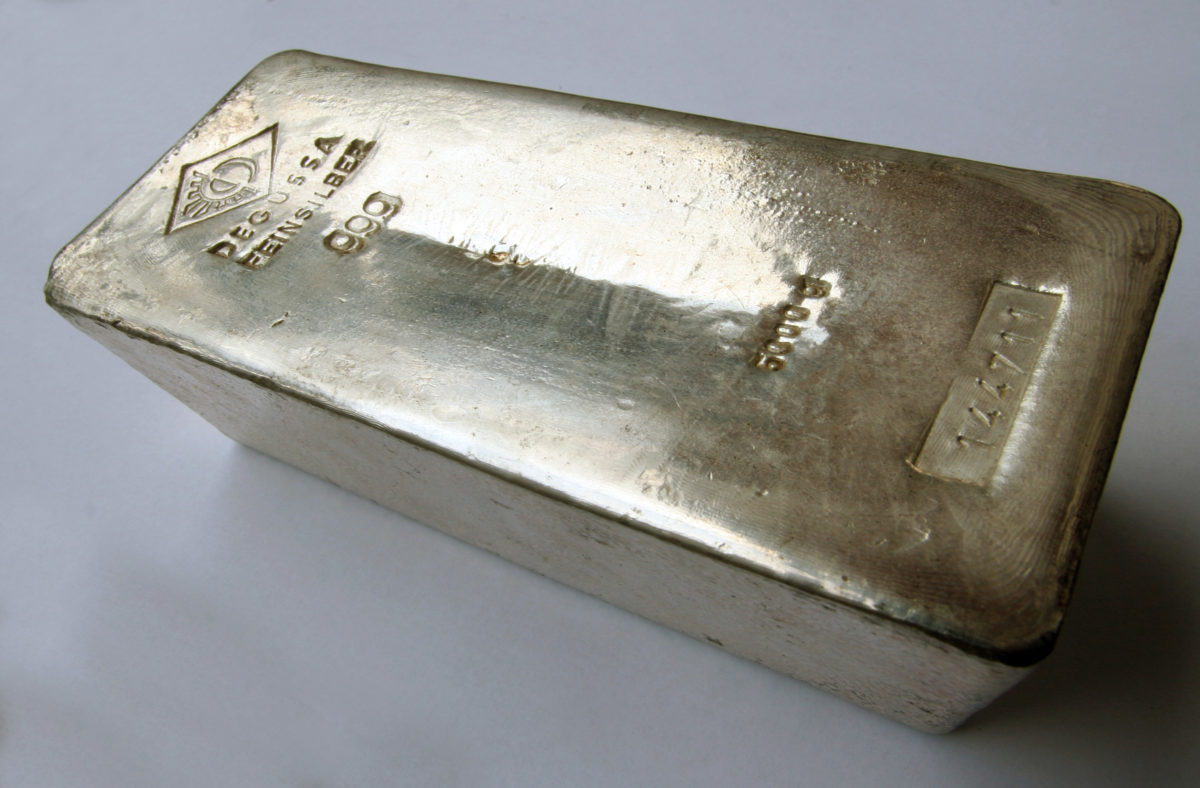Research from Kent Business School has sought show a direct correlation between rising silver costs and increased solar module production worldwide.
The study, by researchers at the U.K. institution, was based on quarterly silver prices measured by the U.K. wholesale and over-the-counter market for gold and silver on the London Bullion Market as well as newly installed PV capacity figures from 1996 to 2016 and global solar power consumption.
The data, according to the University of Kent-based researchers, unequivocally show silver prices rose significantly after 2011, when renewables received a boost thanks to concerns about high oil prices. The Kent Business School team said silver prices also rose considerably after the 2008 global recession – again coinciding with growth in solar module manufacturing.
The researchers predict a further increase in silver prices may results in higher costs for the global PV industry and higher module prices. “This could require intervention from governments, such as with energy credits or sales tax waivers, to make them more cost-effective [and] to encourage a transition to more renewable energy resources,” the authors of the paper wrote.
A silver lining?
The study also predicted the manufacture of solar panels without silver – instead using copper, aluminum or other alternative materials – would remain difficult “for some time”.
Rising silver prices have been confirmed by the World Silver Survey 2019, recently published by the Silver Institute. According to its findings, in 2018 silver prices grew 7% after rising 4% in the previous year. That trend, according to the institute, was also due to record growth for the PV industry, which stoked higher demand for the silver pastes used in the manufacture of solar cells.
In a report published in June, however, the Silver Institute highlighted how the amount of silver needed by the PV industry could fall from 130mg per cell in 2016 to approximately 65mg by 2028.
The image used to illustrate this story is not in the public domain, the licence can be found at Wikimedia Commons.
This content is protected by copyright and may not be reused. If you want to cooperate with us and would like to reuse some of our content, please contact: editors@pv-magazine.com.




By submitting this form you agree to pv magazine using your data for the purposes of publishing your comment.
Your personal data will only be disclosed or otherwise transmitted to third parties for the purposes of spam filtering or if this is necessary for technical maintenance of the website. Any other transfer to third parties will not take place unless this is justified on the basis of applicable data protection regulations or if pv magazine is legally obliged to do so.
You may revoke this consent at any time with effect for the future, in which case your personal data will be deleted immediately. Otherwise, your data will be deleted if pv magazine has processed your request or the purpose of data storage is fulfilled.
Further information on data privacy can be found in our Data Protection Policy.